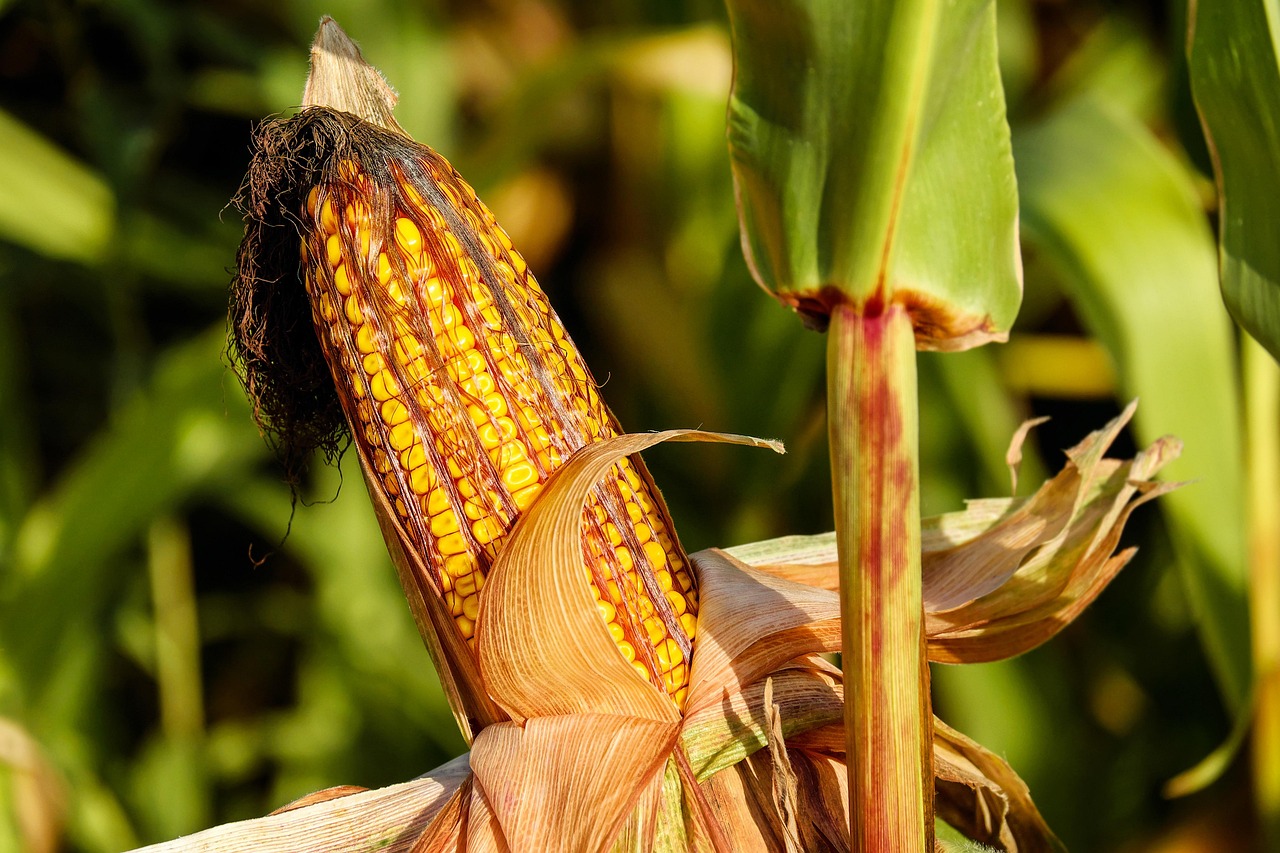Seagrass is one of the most important organisms on our planet, it can capture and store carbon, purify water, protect the coast and strengthen marine life. The project, which explored the possibilities of restoring marine life in the bays of Virginia, USA, lasted over 20 years. In the restoration of habitats, great success has been recorded in the planting of a marine plant known as eelgrass. It was the largest seagrass project to date. The project has also become an inspiration for other projects in different parts of the world.
Seagrass can bring life back to many coastal areas
The project was led by environmental sciences professor Karen McGlathery at the University of Virginia. Seagrass seeds were scattered in the bays and it was found that seagrass brought marine habitats back to life in such a way that they were self-sufficient.
After confirming the success, a large number of volunteers planted over 75 million seeds on 9,000 acres of coastal bays. Planting seagrass has yielded fascinating results, better water quality has been found and biodiversity has also been increased.
High ability of seagrass to store carbon
Although seagrass covers only 0.2% of the ocean, it makes up 10% of the ocean’s ability to store carbon. A team of scientists on the Isle of Wight (UK) has found that eelgrass seagrass can store carbon even faster than trees. Marine biologist Yasmin Meeds said 92% of the seagrass in the UK had disappeared due to pollution and extraction.
She states: “restoration projects will help to replant some of these seagrasses to actually be able to mitigate the impacts of climate change as they are able to take up carbon in the process of photosynthesis and can also protect the coastlines from storm surges and sea level rises. ”
The video below shows you the importance of eelgrass:
Other projects dedicated to the protection of marine life are emerging
In the UK, further projects are now being funded to examine how to protect the marine and coastal economy. Back to the Virginia Bays project. The next phase of this project is to measure the amount of carbon that seagrass can store. It is then determined whether this amount can be converted for carbon credits, a permit which allows individuals and companies to account for their carbon emissions from activities that protect ecosystems, support community development, or install efficient technology to reduce or remove emissions from the atmosphere.
Every day, the ocean faces a heavy burden of pollution. If the growth of the marine ecosystem can be supported, it will help not only marine life but also people.
Source:
https://earth.org/seagrass-ideal-carbon-sink/
https://advances.sciencemag.org/content/advances/6/41/eabc6434.full.pdf






